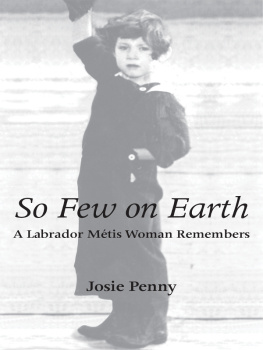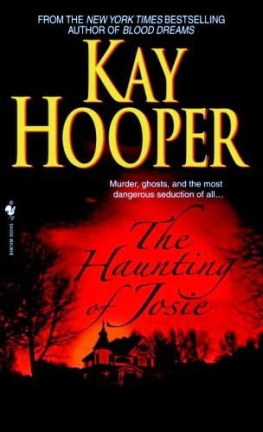W ith much appreciation I am becoming increasingly aware of the work involved in putting a book together. The writing is just the beginning. First of all, I would like to thank Dundurn Press for accepting this second episode of my story. I would like to thank my daughter, Cathy Penny, who has just finished four years at McMaster University for her unwavering knowledge and help; Cathy never hesitated when I asked if she would edit my manuscript. Her speed with her laptop blew me away as she manipulated my messy tale into something that would make sense. Her skills made it possible to meet my deadline.
I would also like to extend a special thank you to my friend Elaine Boucher, who sat in my studio trying to correct my grammar without changing my words; putting then and than in the right places and encouraging me when I was in doubt. Im also thankful to my siblings for helping me out in memory jams.
To our four children, Gregory, Darlene, Catherine, and Mark, I want to thank them so very much for allowing me to expose their childhood to the world. They came from strong, courageous stock and I am very proud of them. I want to acknowledge Mark and Cathy for, not only their computer and technical skills, but also their patience for my lack of them.
And Keith, what can I say? We were two very broken people trying to raise a family of four children without the life skills to even know how. He has been my biggest support, and hes pretty good at promoting my books as well. To all my employees, both as domestics, professional, and those not so professional, but were there for me thank you all.
And finally, to all the people whose names are mentioned without permission, please forgive me. I dont even know where most of you are, but we could get in touch through Facebook or in person if you care to reach me. My life is an open book literally.
Introduction
I t was difficult coming up with a title for this book.
Several titles came to mind over the course of writing the next seventeen years of my journey. Goose Bay, Labrador, was a transient military base. Once the forces moved out, people who had lived in Goose Bay for a number of years then moved on to other parts of the world. Anyone who had lived there affectionately referred to it as on the Goose. Happy Valley came to be as a result of the civilians who helped build both the Canadian and Americas bases. When talking of on the Goose , it could refer to all areas of Happy Valley and Goose Bay.
When I arrived there in 1960 it was still a pioneer town without a lot of the amenities that one expects. With the help of my publisher Dundurn, in Toronto, we selected this title from several that Id suggested.
The seventeen years I spent on the Goose was anything but tranquil, peaceful, or fulfilling. My work as an employee and an entrepreneur, my duties as a mother, and my dedication to my husband and friends pushed me, at times, beyond my ability to cope.
This story takes place in Happy Valley and Goose Bay, located in Central Labrador. Some names have been changed to protect relatives and friends who were entangled in my life.
At age eighteen, I met and married my husband Keith and gave birth to four beautiful children before the age of twenty-four.
In recent years Ive heard Labrador being called The Big Land and for good reason: three areas the size of Newfoundland Island can fit within the boundaries of Labrador, which has a total population of approximately 28,000, primarily made up of Caucasian, Inuit (Eskimo), Innu (Indian), Metis, and European settlers. These settlers married aboriginals, resulting in the majority of Mtis Labradorians today.
In 1961 when I moved to Happy Valley, there were 2,861 people. It doubled in 1966 to 4,415. After the amalgamation of Spruce Park and the Department of Transport housing areas in 1970, the population grew to approximately 7,000 people.
How did Happy ValleyGoose Bay get started? Its a long, drawn-out story, but the short of it is this: During the Second World War three countries Great Britain, the United States, and Canada had decided they needed airfield facilities as final stopover and re-fuelling sites before crossing to Europe, and to provide security to the Northern Hemisphere.
In May 1941, Captain Roosevelt and Dr. Forbes from the United States headed the expedition to find a suitable location for an airbase. After searching Hebron in Northern Labrador and Baffin Island they came to a place near North West River in Central Labrador, and chose the area around Lake Melville.
The Canadian Privy Council reported at the July 1941 meeting that the Minister of National Defence and its board construct a base on the Western coast. They had already been surveying the area as a possible site for their base. After much study it was decided that Goose Bays sandy plateau, known as the bench, was the most suitable.
Goose Bay had a relatively clear, dry climate and was accessible by sea through the Hamilton Inlet into Terrington Basin. It was decided that all three countries work jointly to build the massive airfields, which later became Goose Bay International Airport. The airfields served three distinct military bases: the Royal Canadian Air Force, the United States Air Force, and a small contingency of Royal Air Force as well. Goose Bay prided itself on having one of the largest runways for aircraft in the Western Hemisphere.












